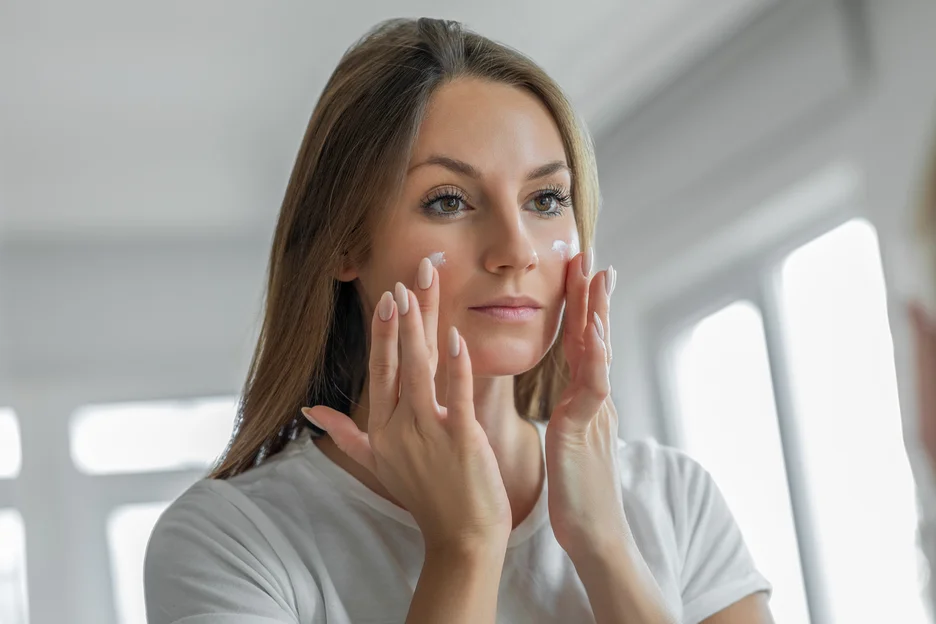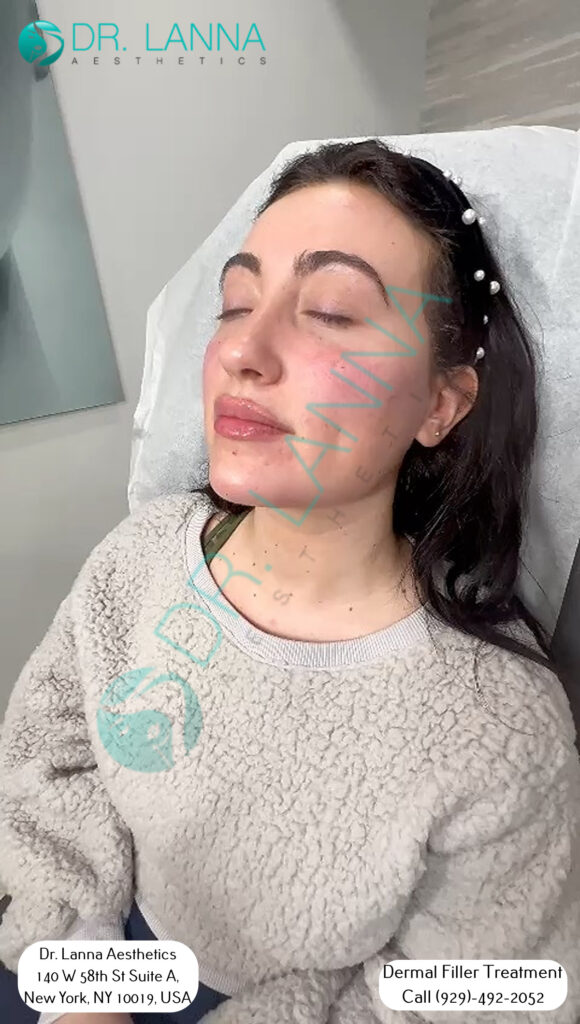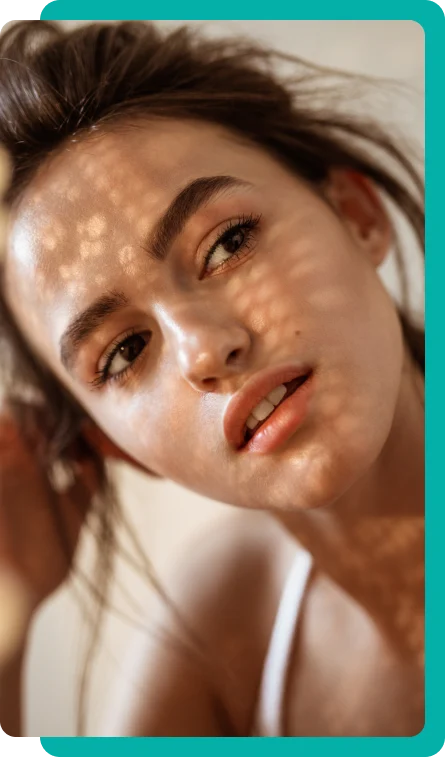Cheek filler treatment is a non-invasive acne treatment for acne scars, and a procedure to restore facial volume and enhance facial contour, keeping the skin plump and smoothing out every facial wrinkle and fine line. However, there are still instances when these treatments can result in mishaps that may require their dissolution. A good thing, an advantage of certain dermal fillers is their reversible quality.
So what is the expected result before and after dissolving cheek fillers? After dissolving dermal filler, your cheeks will be restored to their former state as if no treatment has ever been applied to them. There are many ways to dissolve cheek fillers, and among the most popular ones is hyaluronidase treatment.
Cheek fillers are effective, but there are instances when it’s not a treatment that fits an individual, it’s not performed well by an aesthetic provider, or the dermal fillers injected aren’t authentic.
In most cases that call for dermal filler dissolving treatments, it’s mostly because of the factors affecting the bodily response of the individual to the treatment. It would still be helpful to consult with the best aesthetic provider because any possible complication is usually detected during the initial consultation.
It’s best to take note that not all facial fillers can be easily dissolved. Only hyaluronic acid filler injections can be dissolved using hyaluronidase, which is a substance used to break down natural hyaluronic acid compounds.
But do note that some dermal filler substances are semi-permanent such as poly-L-lactic acid (i.e, Sculptra), calcium hydroxylapatite (i.e, Radiesse), and polymethyl-methacrylate microspheres (i.e, PMMA). Although they are still temporary, the dermal fillers mentioned stimulate collagen production in the long-term. Other procedures may be more effective in removing these facial fillers.
All cosmetic treatments have their own adverse effects. Some of these adverse effects that may call for cheek filler dissolution are:
More cheek filler dosage injected means longer-lasting cheek fillers. However, excess cheek filler can cause a botched filler or swelling within the injection site, causing a deformed or overfilled look. You have overfilled cheeks if you spot the following characteristics of your face after the treatment:
Overfilling the treatment area does have its advantages, but these are outweighed by its disadvantages. Make sure to get your dermal fillers from an expert aesthetic provider who can determine the right dosage that’s suitable for the treatment area.
Filler migration occurs when the intended effect of dermal fillers on a particular treatment area migrates to another treatment area. Only dermal fillers that are hyaluronic acid-based (i.e, hyaluronic acid fillers) are prone to filler migration.
This is because of the nature of hyaluronic acid fillers, which uses hydrogen to bind themselves to the existing collagen substances within the skin. Additionally, this is a common occurrence if dermal fillers are injected in the midface and the under eyes also have unexpected filler results.
Cheek fillers may also be used for the under eyes, whether solely or as a complementary treatment because it provides cheek support necessary for optimal results in the under eye area.
But do note that there are instances when filler migration isn’t intended and it results in a deformed and unusual look. In cases of unwanted filler migration, it’s best to have it dissolved to achieve an individual’s desired results.
Cheek fillers don’t have a skin-tightening effect, and it’s not a fat-dissolving injection either. So if they’re used for that objective, then the cheek filler injection may be ineffective. The result will only involve facial fullness without improvements in the quality of the skin, which will lead to it looking tired and lumpy.
In some cases, dermal fillers may not be a sufficient cosmetic treatment to achieve your beauty goals, and cosmetic surgery and laser skin resurfacing may be required. To get the best results, consult with a qualified aesthetic provider or a cosmetic surgeon.
One of the expertise required from aesthetic providers is their mastery of a patient’s facial anatomy. When aesthetic providers lack this skill, an individual increases their risk of unintentionally injecting facial fillers on a blood vessel or in the wrong injection site.
There may also be unfavorable results of dermal filler treatments due to non-disclosure of other recent treatments that the patient had that reacted negatively with the filler injection. For example, if the patient didn’t inform the aesthetic provider beforehand of a laser hair removal session they had. Depending on the individual’s bodily reaction, this may cause an adverse effect that requires a dermal filler dissolving treatment.
There are different ways that cheek fillers are dissolved, depending on the severity of overdone fillers, as well as the filler substance used. Sometimes the dissolution of cheek fillers requires surgical methods to manually remove the filler substance from the face. This is common, especially for dermal fillers that have semi-permanent results.
One of the advantages of hyaluronic acid fillers is their temporary results compared to semi-permanent fillers. Their temporary results entail temporary adverse effects as well. Other than that, HA filler substances are also the only fillers that can be dissolved using a dissolving enzyme called hyaluronidase.
A hyaluronidase injection is injected into the target area by a practitioner licensed to perform these injections. This is a prescription medicine, so if there is a complication in your dermal filler injection results that involve dissolving filler injections, it’s important to consult with the aesthetic provider who performed the dermal filler treatment. The same is also applicable to treatments to dissolve lip filler injections.
Semi-permanent cheek fillers can’t be dissolved naturally. On the other hand, HA filler substances typically fade after a period of up to 2 years. Hyaluronic acid is a substance that’s naturally found in the body.
These are eventually metabolized, meaning it’s broken down into small compounds and eventually excreted in the body. This process depends on an individual’s metabolic process so one way to dissolve cheek filler injection naturally is to speed up one’s metabolism.
For your own safety, never dissolve fillers on your own or at home. This should be done in the office of a qualified aesthetic provider with an official dissolving enzyme such as hyaluronidase or other prescribed procedure by a plastic surgeon. Filler dissolving on your own can increase the risk of facial infection and scarring.
After the injection of hyaluronidase injection, some amount of swelling can be expected around the target area initially. About some time later, you’ll eventually see significant improvements in the treatment area where the dermal fillers have been dissolved. If there isn’t any reduction to the swelling in the treated area even after hyaluronidase, consult with an aesthetic provider.

Dissolving cheek fillers would normally cause minimal pain and discomfort to the patient. However, there are topical numbing creams and anesthetic solutions available to ease any pain and discomfort felt during the injection of hyaluronidase into the target area. Despite that, there are still very minimal risks of using hyaluronidase to remove facial fillers such as the following:
Hyaluronidase is relatively safe, especially if done by a qualified aesthetic professional. Additionally, they’d also give a short list of dos and don’ts after dissolving cheek fillers for a fast recovery period which includes the following:
The list mentioned above for aftercare is also applicable when dissolving lip filler and tear trough filler injections.

The risk of cheek filler mishaps is normal and reversible, especially if the hyaluronic acid dermal filler is used. However, you don’t have to keep getting disappointed with the results of your filler treatments if you reach out to an aesthetic doctor who has a team of expert injectors who can avoid cheek filler mistakes.
Dr. Lanna Aesthetics has performed thousands of successful dermal filler treatments and cosmetic enhancements such as lip filler treatments and tear trough filler treatments. We also seamlessly perform facial filler corrections with hyaluronidase to reverse any dermal filler mishap.
Reach out to us to schedule your first consultation with Dr. Lanna Aesthetics.

New Patients Enjoy $100 OFF on Tox or Filler Appointments!
*minimum 1 full syringe or minimum 25 units; Cannot be combined
